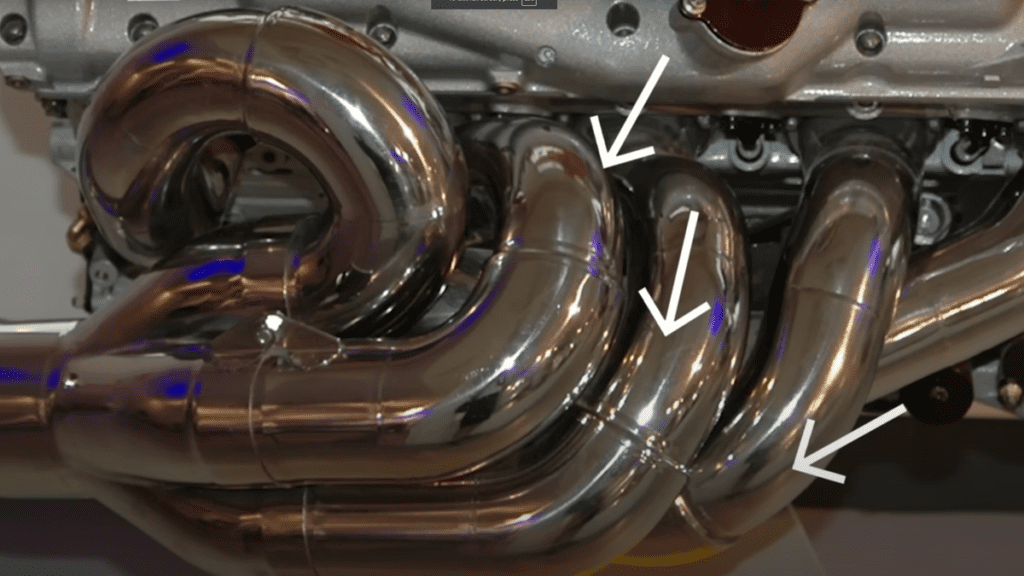The Secret To Making Your Car Sound Like An Old F1 Racer Is Found Under Pressure

Screenshot: Maisteer on YouTube
If you stay awake late at night trying to figure out how to make your car sound more like an F1 car from the late 1990s, with that ridiculously resonant howl exhaust sound, you’re going to want to watch this video from Maisteer on YouTube. There are three key features that you’ll need to engineer in to your exhaust system to make it happen, first design an exhaust header that gets all of your exhaust ports down into a single collector (if you have a V8, this would be an 8-into-1 header), then make sure each of the collector tubes merge sequentially by firing order, and finally make sure your header has steps! That’s it, that’s all you need to know.
How F1 Sound is made
OK, there’s a little more you need to know. The steps are the most important part. Even going back and looking at the sound of F1 cars, they shifted dramatically between 1997 and 1998, and the biggest major change was the steps. Basically, each time the pressurized exhaust gasses move past one of these steps, some of the pressure reverses direction and creates the resonance that you hear, because all of those split up pressure pulses multiply again at the collector. It’s just hundreds of individual pulses screaming and tearing out of the exhaust in rapid succession. That seems to the be major key to getting the 1998 Ferrari F300 V10 exhaust sound that you really want.
The 2024 Jaguar F-PACE SVR Is Unbelievably Loud
You also definitely need something that can spin at a high enough RPM in order to take the best advantage of it, but these little tricks will make your next hand-built titanium exhaust a real party pleasing noise maker. There’s no sound on earth like an engine buzzing like a late F1 V10. Give it a shot, what could it hurt?



